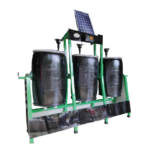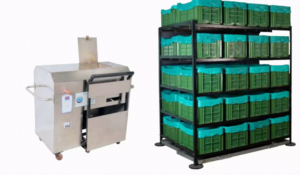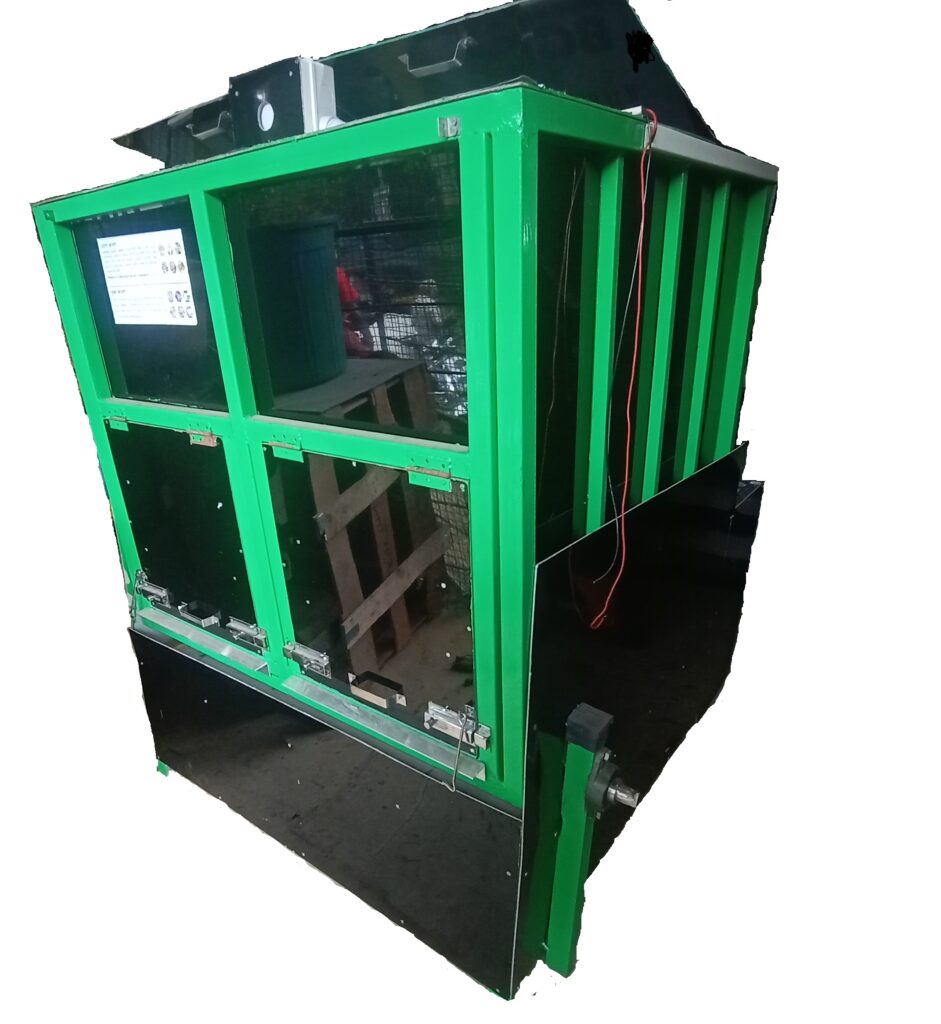Today, the waste problem is a big problem worldwide. If you are considering the whole world, approximately 11 billion tons of waste are generated, and 50% of that waste cannot be treated. In India, 68 million tons of waste are generated every year, and 70% of that waste cannot be processed. Due to the increasing population, these types of problems are increasing, and people are finding solutions to solve them. Composting machines are equipped to help reduce or recycle waste.

In this blog, I am telling you about some invented organic waste converter machines that solve your waste management problem. No single person can change the whole world, but if we fight continuously with waste problems, no type of organic waste problem issue will be created.
to dispose waste, you can use natural techniques, waste can REUSE , RECYCLE, REDUCE and helps environment to solve waste managing issues.
Reuse of waste:
“Reuse of waste” means finding new ways to use things that are usually thrown away as garbage. Instead of throwing items in the trash, we try to find ways to use them again or turn them into something useful. It’s a way of being creative and environmentally friendly by giving old or discarded things a second chance.
Recycling of waste:
“Recycling of waste” refers to gathering used items such as paper, cans, and bottles rather than discarding them. These materials are then processed to create new products. It is analogous to repurposing existing materials rather than creating everything from scratch. Recycling contributes to resource conservation and environmental protection.
Reducing waste:
“Reducing waste” refers to using fewer resources and producing less waste. To reduce the amount of trash we have to throw away, it’s similar to being mindful of what we buy and how much we use. Reducing the quantity of items we use and discard can have a positive impact on the environment.
Top 3 Waste Composting machines:
Composting machines are the most useful equipment in waste management systems. Composting is the process of making compost from food scraps. You can make organic compost by using machines or with your own techniques, but composting machines solve your organic waste problems, There are different types of machines available in the market. compost machine price, compost machine maintenance, compost machine advantages and disadvantages explained by some compost machine manufacturers; some people are using it; let’s see which of these
- Fully auotomatic Compost Machine :
- Semi automatic Solar Compost machines.
- Batch type Compost machine.
Fully Automstic Compost machines:

Fully automatic compost Machines are those machines that are used to make compost within 24 hours. Composting can be done with heating, mixing, and ventilation techniques. A direct ceramic heater is used to control heat for microorganism action; a saperate blower fan is provided for outlet drainage and aeration; and mixing stainless steel blades are given to the machine to mix waste properly. The overall performance of the machine is good but has some disadvantages as well.
Advantageos of Compost Machines:
-
- You can dispose of your waste, and waste can be reduced by up to 80–90%.
- Machines require less space, are not smelling, and are easy to operate.
- The composting machine has all automatic features like a timer and PLC programming; no observation is needed.
- Make compost or dispose of waste within 24 hours.
Disadvantageos of Compost machines:
- Machine maintenance is high; machines cannot be used under maintenance.
- Due to heating elements and electronic devices, the monthly electric bill goes up.
- Machines are highly expensive, and due to their higher price, they are not affordable to everyone.
- compost quality is not good; carbon footprints or completely burned compost were found.
Semi Automatic Solar Compost machine.

Solar Composting Machine is an innovative idea that is used to make compost in a natural way. Machines are made up of recycled material. Most of all, people are using compost tumbler technology to make compost, which is a natural type of composting process, so it will require more time to make compost in a tumbler for one month or more than one month, but you will get good quality compost. You can also make compost with the same techniques by using a solar compost machine, which is explained in detail below.
Advantages of Solar Compost Machine :
-
- Machine is made up of recycling material, which is easily available on the market.
-
- Machine operates on solar; no electricity is required.
-
- The machine is easy to operate and does not smell due to continuous air flow.
-
- No maintenance is required; you can use a solar compost machine under maintenance if any have any.
-
- Machines are cheaper than ordinary machines.
Disadvantage of Solar compost machine:
-
- Machines require more space than fully automatic compost machines.
-
- It required more time to make compost; it required at least 10 days to make compost.
-
- machine is semiautomatic. You have to crush waste with a saperate organic waste shredder machine.
Batch type Compost Machines

This type of compost machine is very useful to make compost. This machine is operating with the same technology as solar composting machine technology. The process of composting is to segregate and shred waste and mix waste with a mixer with a timer slot. You mix waste for 15 minutes in batches and keep it in a storage section to make compost. It will take 20 to 30 days to make good-quality compost.
Advantageos of compost machine:
-
- Create a natural type of compost that is of good quality.
-
- Easy operation; you can process more waste as per capacity.
-
- good mixing of waste with carbon source.
Dis- advantageous of Compost Machine:
-
- Compost machines require more space for installation.
- Smelling issues were found in the surrounding area.
- Machines are expensive due to the mixer blade, stainless steel tank, etc.
- maintenance-free operation; no more electricity is required as compared to a fully automatic compost machine.
As mentioned above, three composting machines are available on the market: some are expensive, some are maintenance-free and some are compact. So which machine system is better, according to you? If you like this post, please leave a comment and ask any type of question you have. You can visit our website or our Facebook page Klimrus for more details.





